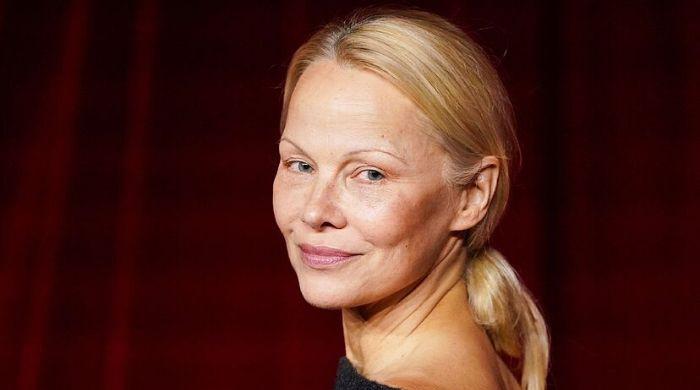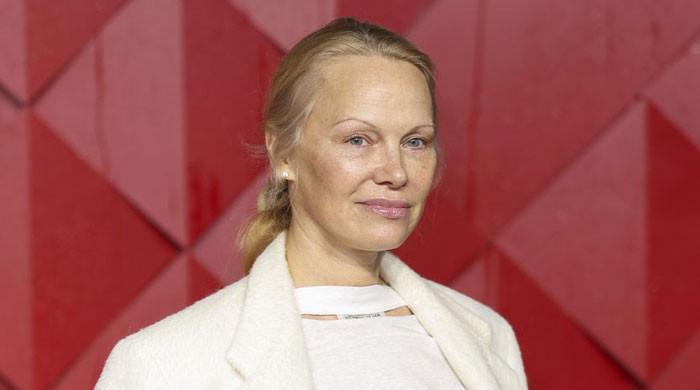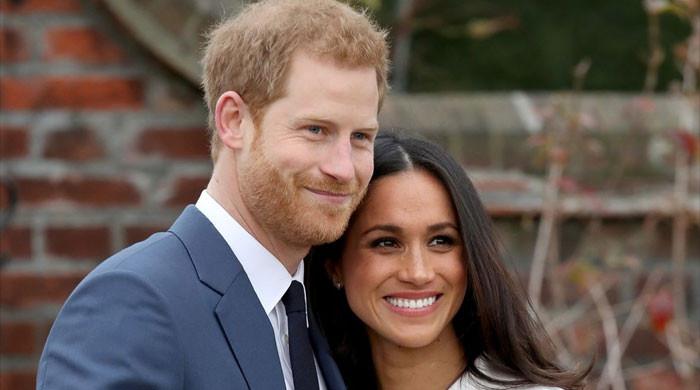Pakistan: a cultural corridor and pilgrims’ paradise
A number of Asian, Middle Eastern and Persian countries attended the international tourism expo in Karachi to attract potential Pakistani tourists
November 04, 2018
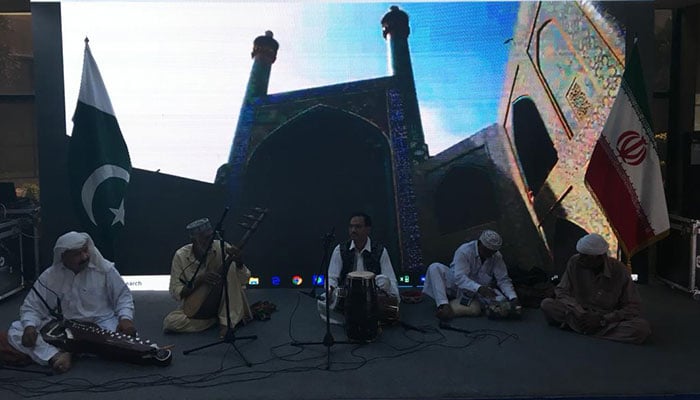
Karachi recently hosted a wonderful international tourism expo. The aim was twofold: promote domestic tourism and portray Pakistan as a cultural corridor and pilgrims’ paradise to the wider world. A number of Asian, Middle Eastern and Persian countries also attended the event to attract potential Pakistani tourists. It was no surprise that the opportunity was also availed by the aviation, hospitality, and cargo fraternity to offer services to some of the 20,000 people who descended there.
Due to easy accessibility from almost every part of the city, Karachi’s Expo Centre was chosen as the venue. A huge space for car parking added value to the place. Preparations for the exhibition were going on for a long time. But, on the inauguration day, one could easily notice that things were not going that smooth.
The two-day moot was expected to start early morning. Yet, half the day passed and you could see people bringing stuff to put up their stalls. Inside the hall, a dozen-plus receptionists were ready to greet. But, due to some technical glitch, they kept sitting, giggling or doing make-up as their computer system wouldn’t work. Some of the visitors, who arrived on time, were asked to slip straight inside without proper registration.
Even before the expo was formally inaugurated, colourful stalls were the centre of attraction. Loud music was being played to attract potential tourists. And at most of the stalls, folk artists captivated the attention of the young and old alike. Adorned in their traditional dresses, the dancers mesmerised the onlookers. For most of them, it was their first experience seeing the artists perform in front of them. So, it was natural that the performers kept the people glued to their feet for hours.
By the afternoon, the venue was bustling with people of all ages. It was despite the scorching heat outside and poor air conditioning inside. Suited and wearing neckties, diplomats from a number of countries also graced the occasion. Knowing the importance of foreign exchange that pours in through tourists, they had come to buck up their stalls.
The power of music was so exponential that countries with religious outlook also invited performers for the occasion. A traditional musical band from Sistan-Baluchistan province of Iran enthralled the visitors. Their team leader sang 'Iran Me' as rest of the band members played Harmonium, Dholak and other local instruments. Behind them, a big screen portrayed the scenic views of Tehran, Shiraz and Isfahan. Serene Gardens, beautiful mosques, masterpieces of architecture and wonderful historical sites magnetised the public. H.E. Consul General Ahmed Mohammadi and his Deputy Muhammad Nasir beamed with joy to see the ever-increasing crowd around their pavilion.
Turkey, Singapore and Azerbaijan were some of the other 20 countries that fascinated the audience. Those who had deep pockets clustered around the stall of Japan. History buffs wanted to visit the Imperial Palace that also houses art and history museums. Temple of the Golden Pavilion, snow clad Mount Fuji and Hiroshima memorial site were some of the other places of their interest. James Bond movie lovers were mesmerised by white Himeji Castle and kids were enslaved by larger than life size pictures of Jigokudani Monkey Park.
Students took advantage by getting information about Japanese universities that offer courses in engineering and management. H.E. Toshikazu Isomura, who speaks idiomatic Urdu and is well acquainted with Pakistan, was kept engaged.
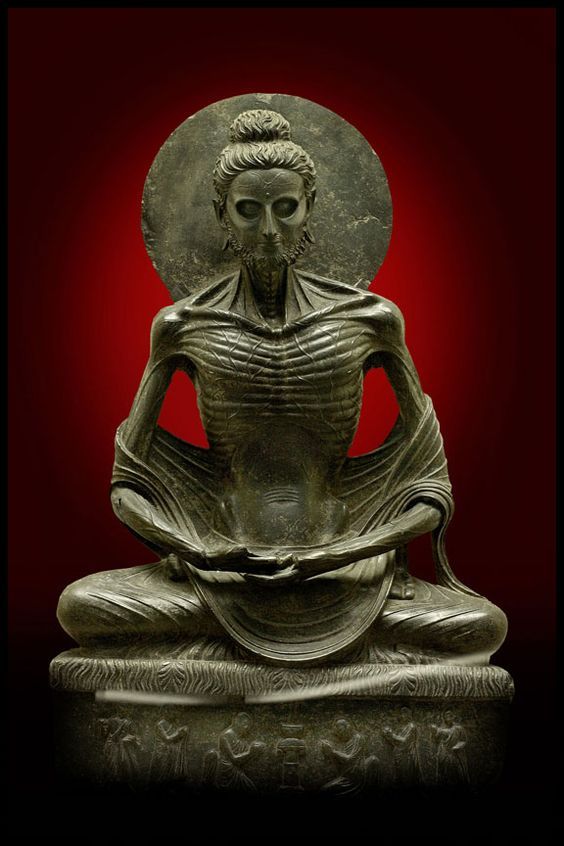
Pakistan is home to only a very small Buddhist community, yet the Japanese desk also showcased spellbinding pictures of Todaiji Temple. This place in Nara is home to the world's largest bronze statue of Guatama Buddha. The magnanimous Amida Buddha's portrait hypnotised the audience.
Not far away from Japan, pavilions of different provinces of Pakistan welcomed throngs of people. Carvings, handicrafts, feather caps, block-printed Ajraks, silk shawls and carpets were in full display. Moving from one stall to another was like virtually touring the whole country. Those who were hopping from one stall to another were sharing good, old or recent memories of the visits to some of those places.
There appeared a dearth of interest in promoting Gandhara Heritage, which is the nucleus for more than five hundred million Buddhists. Foreigners who visited the stalls of Khyber Pakhtunkhwa and Punjab, home to some of the most revered Buddhists sites, were served with 2/2 feet leaflets. Instead, they should have been presented with brochures, portraits and souvenirs.
This opportunity could have been utilised to attract Buddhist pilgrims from China, Japan, Thailand, Vietnam, Myanmar, Sri Lanka, South Korea, Taiwan, Cambodia, India and other countries. Our neighbour China has the world's largest Buddhist population and the CPEC can also become a lifeline of Buddhists coming to their Mecca.
It was not long ago, when Pakistan used to be the Buddhist pilgrims' paradise. From Japan and Korea, pilgrims would flock to this region. Such religious tourists would first visit revered sites in Jalalabad, Kabul, Nangarhar, Laghman and Bamian in Afghanistan and then start their journey across Pakistan. Once in Pakistan, they would head to Peshawar, Taxila, Mardan, Swat and areas in Hazara division for a blissful glimpse of their religious artifacts and ancient sites.
After visiting the birthplace of their religion, pilgrims would come down to Lahore Museum to pay tribute to Fasting Buddha Sculpture. They would enter India's Eastern State of Punjab via Wagah border and then continue their journey to Haryana, Himachal Pradesh and Maharashtra.
South Korean diplomat Kim Donggi once said, “Pakistan is home to ancient civilizations. The remnants of these civilizations are a treasure trove for those who have interest in history or love for religions that sprang from this region”.
Pakistan has long focused on providing facilities to the Sikh pilgrims who come from all over the world to pay respect to Guru Nanak. Such efforts have helped Pakistan build its soft image.
But, most of the Buddhist remains are already damaged beyond repair. It's high time we preserve whatever precious history is left and develop areas around them for world class tourism. Relevant countries and United Nations can be approached to help finance these projects.
In addition, our diplomatic missions in relevant countries should attract Buddhists living around the world. It will not only help Islamabad get much needed foreign exchange but also send a loud and clear message to the industrialist countries including Korea and Japan that Pakistan is safe for investment.





